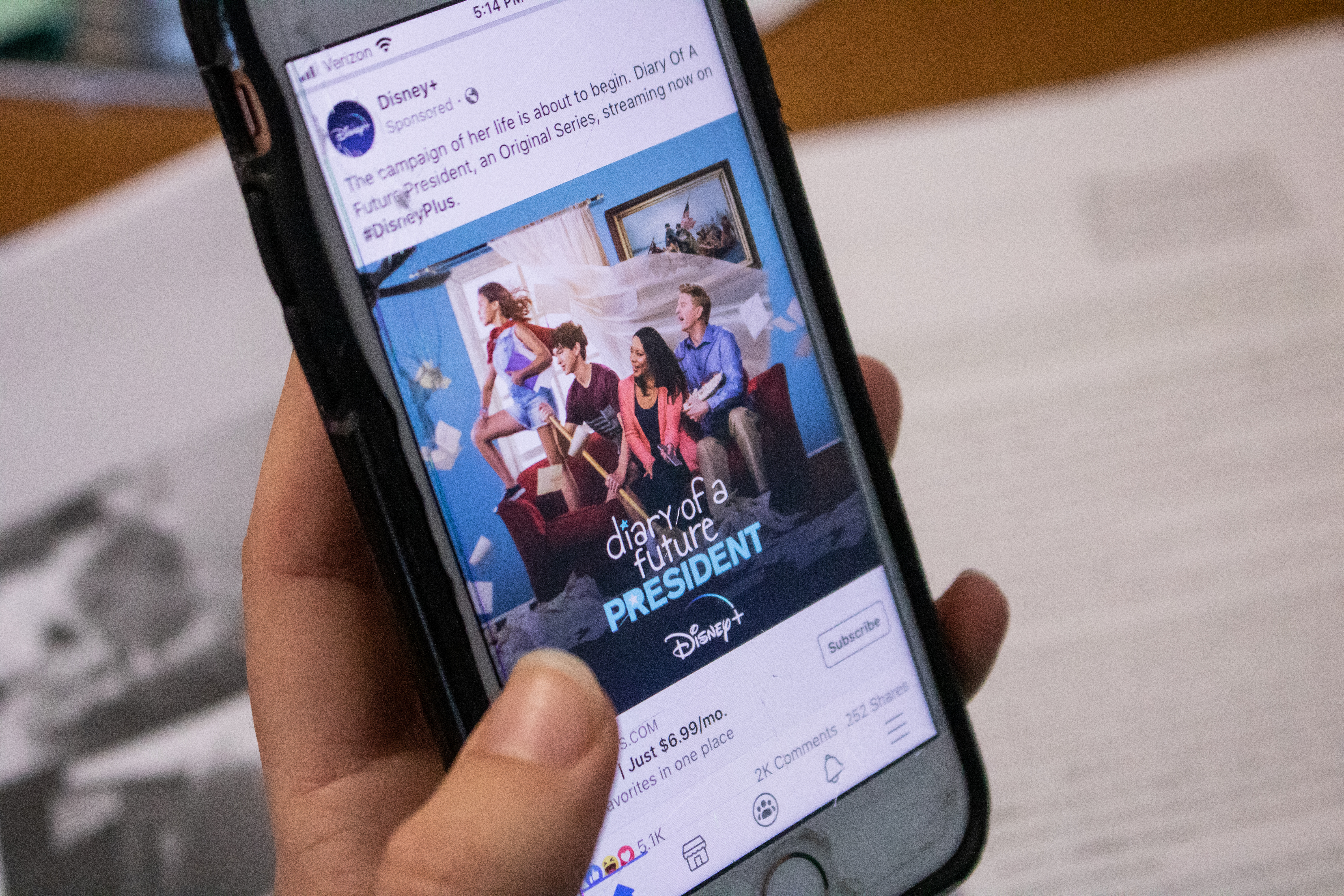The rapid modernization of technology has led to phones tracking consumer behavior. But how much information about an individual’s life is being obtained?
Consumer data is being used as a tool by companies to endorse their products through advertisements. How are companies able to do this? By working with third-party apps, such as Facebook and Instagram, companies collect data from online activity to personally target the interests of an individual.
This trend has become common among any app that is on the market.
“You trade, essentially, your data and privacy for the value you get from the app,” Andrew Besmer, a Winthrop professor of computer science and quantitative methods, said.
Besmer explains an app only gets permission to do this if the user has given it. This permission giving is often the result of a “lack of informed consent.” There is this idea that “clicking an ‘I Agree’ button” fully informs a user of user agreements and companies use this practice on consumers who do not expect it.
Along with this, consumers are not aware of the run time and install time permissions. These two things are the two times a person can give consent to an app to access their information.
“[Install time permissions are a] list of permissions that [are] going to be included with the installation [of an app which is]…the stuff the app has access to,” Besmer said. “Those permissions have often been overscoped. The [companies] have asked for more permissions than they truly need to run the application.”
Run time is when the user is actually using the app and a permission of access pops up.
“[If] you were going to share an invitation or a successful event you had in the application with a friend…it prompts you for access to your contacts,” Besmer said.
He explains that the run time is a better way of informing users of what the application actually needs the permissions for. However, he believes both could be better explained for everyday consumers.
These methods take consumer data to build an individual’s profile which is why particular advertisements pop up on these apps.
“[Companies use data to] understand what is the language they can use based on analysis of the profile of the person,” Max Ostinelli, a Winthrop professor of marketing, said. “They can say you belong to a specific segment with specific psychological characteristics [and use this to] base your segment.”
Ostinelli gave an example of Target and how a company can use the gathered data. Target determined a woman was pregnant based on items she had bought, such as food and medical products. Target was able to use this information to determine her likely due date. This allowed the company to have the ability to send her coupons for baby items.
Ostinelli believes this is intrusive and is even getting to the point where “companies know more about consumers than what consumers know about themselves.”
Ostinelli explains that this can be beneficial for both sides because it has the “ability to target consumers with messages that address consumer needs.”
This trend of data consumption will not reverse in the future.
Besmer explains that the amount of data accessed is going to increase as time passes, but “there is certainly more attention today than there has been in the past [when it comes] to data practices and data collection usage.”
Companies will start to set clear standards of what type of data is being used due to stricter regulations.
Ostinelli explains that “they are going to give consumers options to opt-out” of data collection, something that is already starting with big companies such as Google and Microsoft.
Photo: Olivia Esselman/ The Johnsonian




